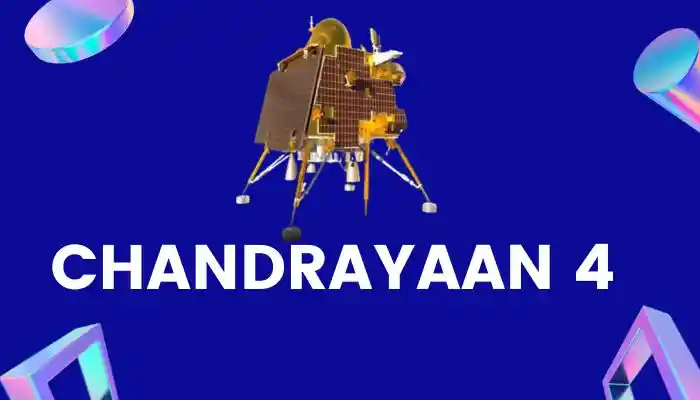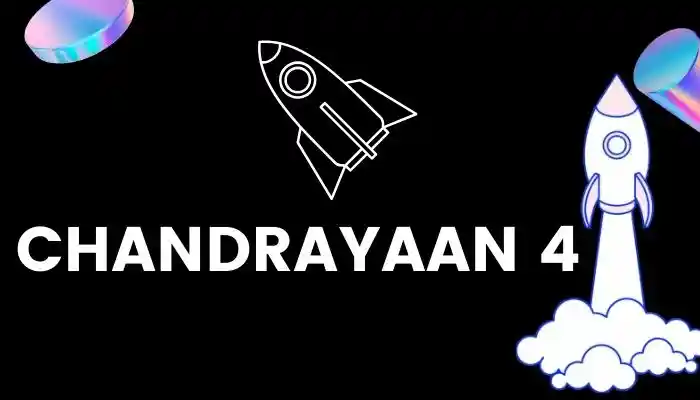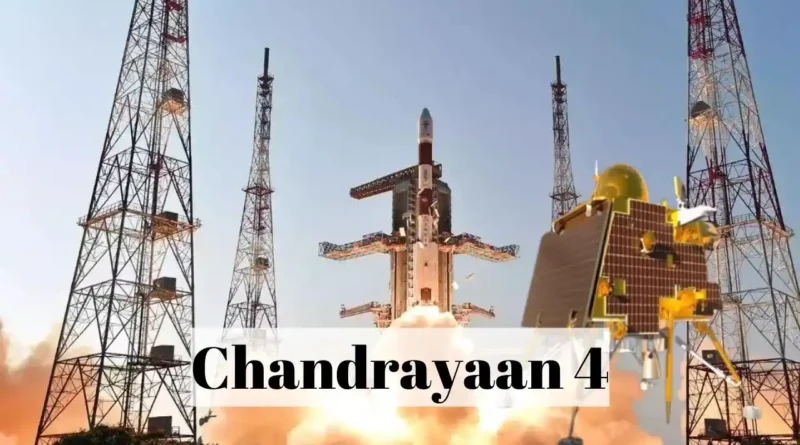Chandrayaan 4: India’s Ambitious Lunar Sample Return Mission, India’s Best
India’s space program is gearing up for its most ambitious mission yet: Chandrayaan 4. Not only will this mission involve landing on the Moon, but it will also bring back lunar samples to Earth, a feat previously achieved by only three nations. Let’s delve into the details of this remarkable endeavor.
Chandrayaan 4: The Next Frontier

- Chandrayaan 4 will be launched after India’s much-awaited space mission, Gaganyaan, which aims to send humans to space.
- This advanced mission may take several years to complete, but ISRO is working rapidly to potentially launch it sooner than initially scheduled.
- The latest updates and information about ISRO and the Chandrayaan 4 mission are available on social media and official channels.
A Collaborative Effort
- Chandrayaan 4 is a joint mission between the Indian Space Research Organization (ISRO) and Japan’s space agency, JAXA.
- Japan’s H3 rocket is expected to launch this mission, marking a significant international collaboration.
Mission Modules and Responsibilities
Read also: Unlocking Opportunities: Your GATE 2024 to a Bright Future
Chandrayaan 4 will consist of five crucial modules, each with a specific function:
- Propulsion Module: Responsible for entering Earth’s orbit and the Moon’s orbit after being ejected from the rocket. This module played a similar role in Chandrayaan 3.
- Descender Module: After separating from the propulsion module, this module will safely land the service module on the lunar surface.
- Ascender Module: Following the collection of lunar samples, this module will fly back to the spacecraft orbiting the Moon and then head towards Earth with the transfer module.
- Transfer Module: Responsible for bringing the collected lunar samples back to Earth.
- Re-entry Module: Ensures the safe landing of the collected samples or the re-entry module on Earth.

Mission Goals:
- Safely landing on the Moon’s surface.
- Collecting and storing lunar samples (regolith).
- Launching the ascent module carrying the samples from the Moon.
- Docking and transferring samples between modules in lunar orbit.
- Re-entering Earth’s atmosphere and delivering the samples for analysis.
Mission Phases
The Chandrayaan 4 mission will be executed in two phases:
- Launch from Earth: The initial phase will involve launching the spacecraft from Earth.
- Lunar Sample Collection: After landing on the Moon, Chandrayaan will collect lunar samples.
- Return to Earth: Following sample collection, Chandrayaan will be launched again from the lunar surface, carrying the samples back to Earth.
Mission Specifications
- At launch, Chandrayaan 4 will weigh approximately 5200 kg.
- Upon its return journey towards Earth, the spacecraft’s weight will be around 1527 kg, having entered Earth’s orbit and shed some weight.
Building on Chandrayaan 3’s Success
- India’s successful Chandrayaan 3 mission paved the way for Chandrayaan 4, consisting of three modules:
- Propulsion module
- Lander module
- Rover module
- The propulsion module facilitated reaching the lunar orbit, while the lander module performed a soft landing on the Moon’s surface.
- The rover collected valuable information about the lunar environment.
Here’s a quick rundown of Chandrayaan-4:
- Mission Type: Lunar Sample Return
- Launch Window: No earlier than 2028 (still in conceptualization phase)
- Goal: Collect and return lunar surface samples for scientific analysis

Objectives:
- Soft landing on the Moon’s surface
- Collecting and storing lunar samples
- Launching a module from the Moon carrying the samples
- Docking modules in lunar orbit
- Transferring samples between modules
- Re-entering Earth’s atmosphere and delivering the samples
Significance:
- Studying lunar samples in Earth labs will provide valuable insights into the Moon’s composition and history.
- This mission may help us learn if there is water ice on the Moon. Which could be a useful resource for future missions exploring the Moon.
- Chandrayaan-4 represents a major step forward in India’s spacefaring capabilities.
With Chandrayaan 4, India aims to solidify its position as a leading space-faring nation and contribute significantly to our understanding of the Moon and its composition.



